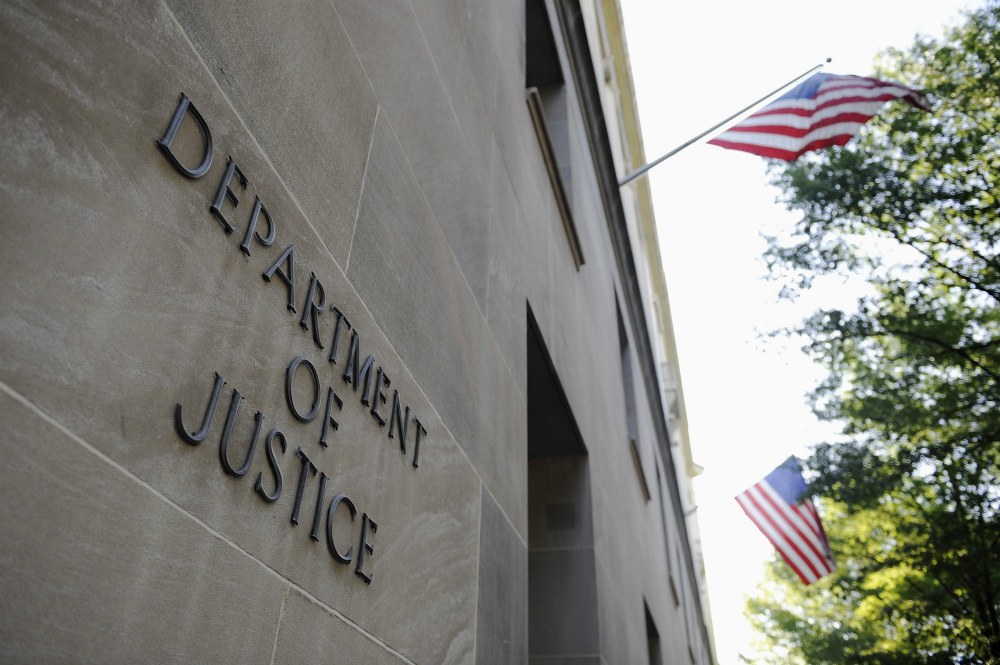
Scientists from the Yale School of Public Health say that about 15,400 excess deaths occurred that were not publicly reported at that time, which means the overall death count could be higher in the United States than previously believed.
At the same time, these researchers admit that these deaths can not necessarily be attributed to the Wuhan coronavirus (COVID-19), and may have resulted from unrelated illnesses that could not be treated because of restrictions imposed because of the epidemic.
"They could include people who died because of the epidemic but not from the disease, such as those who were afraid to seek medical treatment for unrelated illnesses, as well as some number of deaths that are part of the ordinary variation in the death rate," explains the Stamford Advocate.
"The count is also affected by increases or decreases in other categories of deaths, such as suicides, homicides and motor vehicle accidents."
Even so, this higher-than-normal mortality rate occurred during the early stages of the Wuhan coronavirus (COVID-19) pandemic, and are thus being attributed to it as scientists try to figure out the full impact of both the disease and the government's response to it.
Listen below to The Health Ranger Report as Mike Adams, the Health Ranger, gives his take on the death count associated with the Wuhan coronavirus (COVID-19):
Were these excess deaths caused by coronavirus or the government's response to it?
The question that these Yale analysts seek to answer is this: Did a lot more people die at that time because they got sick from the Wuhan coronavirus (COVID-19), or because of the repercussions of the government's response to it?
Data from the National Center for Health Statistics (NCHS) shows that there was, in fact, an unusually high mortality rate in many states across the country during the time period between March and April. What is not known is precisely what caused these people to die.
Once they figure out how many of these folks would have died regardless of the pandemic, the next step is to determine how many of them died from, say, losing their jobs due to lockdowns, prompting them to commit suicide. Others have been prohibited from getting certain "elective" surgeries due to hospitals only accepting Wuhan coronavirus (COVID-19) patients, which may have also contributed to these excess deaths.
The Yale researchers are scoping all avenues and wish to leave no stone unturned in getting to the bottom of what is really going on with this whole pandemic.
"It's really important to get the right numbers to inform policymakers so they can understand how the epidemic is evolving and how severe it is in different places," stated Daniel Weinberge, a Yale professor of epidemiology and the leader of the research team.
Another factor to take into consideration with the count disparities is that some places are only logging deaths with official test results. In places like New York, however, officials are also logging "probable," though unconfirmed, deaths, which could explain Yale's higher estimated figures.
New York Governor Andrew Cuomo is among those who claims that the actual death counts are much higher than what is being reported. Even in New York, which is also counting these "probable" cases, the figures are too low, he says, and many more people are dying.
"That number is going to go up," he is quoted as saying about the death count in his state. "Those deaths are only hospitalization or nursing home deaths. That does not have what are called at-home deaths."
To keep up with the latest Wuhan coronavirus (COVID-19) news, be sure to check out Pandemic.news.
Sources for this article include:
Please contact us for more information.























